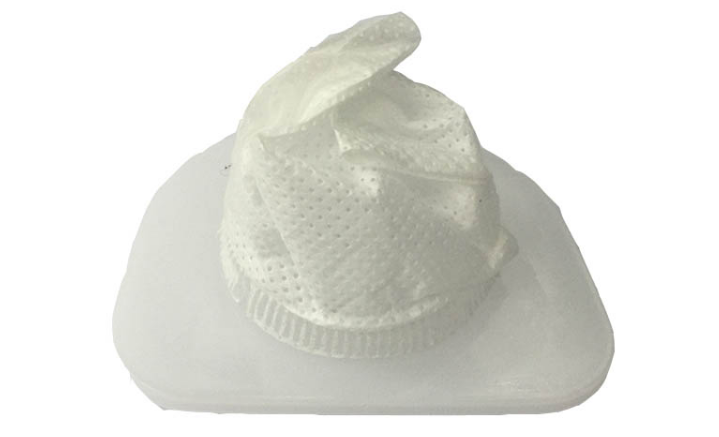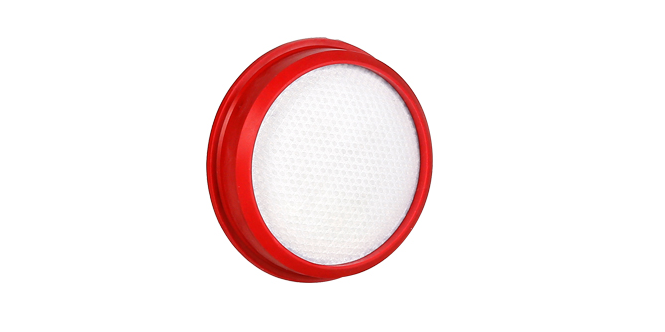Cleaning and Maintenance of Dibea Cordless Vacuum Cleaners

In recent years, with the gradual popularity of cordless vacuum cleaners, many households have been liberated from the tedious cleaning work. Especially for upright vacuum cleaners, they can easily clean the whole house, including floors, windowsills, gaps, and roofs, with simple push and pull actions, which has received unanimous recognition from consumers.
However, although vacuum cleaners are very simple and convenient to use, they still need to be cleaned regularly, including the dustbin and filter, after prolonged use. Many consumers may feel that the suction power decreases and the cleaning effect is not as good as before after using the vacuum cleaner for a period of time. When this happens, it means that the dustbin is full or the filter needs cleaning.
Emptying the dustbin is relatively simple, and most Dibea vacuum cleaners have a one-button design. However, the cleaning of the filter depends on the specific material. The commonly used filter types of vacuum cleaners include HEPA, filter cotton, stainless steel filter cylinder, and non-woven fabric. The recommended cleaning methods are as follows:

Cleaning of HEPA filter:
Although HEPA filters are not strictly prohibited from getting wet, it is generally not recommended to wash them with water. Frequent washing can affect the filtering function and service life of the HEPA filter. Usually, the HEPA filter only needs to be lightly cleaned with a dry brush. If it is particularly dirty, a soft brush can be used to gently wash it with water. However, remember to fully dry it before reinstallation.
Based on usage frequency, we recommend replacing the HEPA filter every 3-6 months (usually when the suction power is significantly reduced, which indicates that the HEPA filter needs to be replaced). If you are concerned about the cost of replacing consumables, you can choose a vacuum cleaner with a filter cotton material.
Cleaning of non-woven fabric filters:

Non-woven filter pads, while not as effective as typical HEPA 99% filters, are generally sufficient for household use. Non-woven filter pads are commonly used in lower-cost vacuums, and most vacuum brands have now abandoned them.
In terms of cleaning, the general rule is that it's not recommended to wash with water. Normally dry brushing is sufficient. If dry brushing doesn't solve the problem, an occasional water wash is okay, but it must be fully dried before reassembly. Otherwise, the contained moisture may damage the motor and seriously affect filtration performance.
Additionally, non-woven filter pads are consumables like HEPA filters - they need to be replaced regularly. While the raw material for non-woven pads is low-cost at around 10 yuan for a big bundle, the cost rises after molding, customization and mass production by different brands. So regular replacement also represents a non-trivial cost.
Moreover, anyone who has used a vacuum knows that the filters not only get extremely dirty, but the stuck-on grime is exceptionally stubborn - simple water rinsing or dry brushing can never clean them thoroughly. So over time and accumulation, more and more dust builds up naturally lowering filtration effectiveness. Therefore we generally recommend choosing vacuums with cotton filters.
Cleaning cotton filters:

Cotton filters have a very good trait - compared to HEPA and non-woven filters, they can be called three-dimensional. HEPA and non-woven filters only have thin layers or a few layers, but cotton filter thickness is generally around 10mm, like a little house storing dust. Cleaning frequency can thus be a bit longer.
Moreover, the filtration system does not just have a cotton filter - taking Dibea's wireless vacuum multi-stage cyclonic filtration system as an example, before the air reaches the filter, there are inlet filters, cyclonic separation, and micro-pore filter separation steps. By the time it reaches the filter, there are basically only very fine dust particles left, achieving very good filtration and a longer cleaning cycle for the filter.
In terms of cleaning, traditional cotton filters have a hard plastic shell that only allows simple water rinsing without wringing clean, which is quite inconvenient. Therefore, most of Dibea's current vacuums have been updated to soft rubber-wrapped filters. They can be freely water washed and thoroughly wrung clean, satisfying the cleaning needs of OCD patients.
Once cleaned thoroughly, filtration effectiveness is naturally improved and the filter cleaning frequency lowered. Of course, it must be fully dried before reinstallation!
As for cleaning other vacuum components, it can be simply summarized into two points: those with electricity, and those without.
Accessories, shells and parts unrelated to the motor can be water washed. Those not convenient to water wash can be wiped clean with a damp cloth. Of course, corrosive liquids and organic solvents like gasoline, alcohol or lye should not be used for cleaning. Mild cleaners like soap water are generally sufficient. Remember to fully dry before reassembly and use.
For electric parts like the motorized nozzle and wand, simply wipe with a dry or slightly damp cloth to ensure no water enters the motor area.



